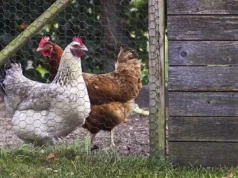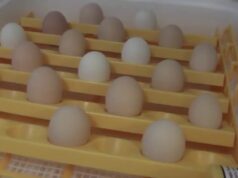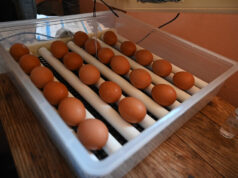Deciding when to move chicks to brooder is a critical point in the journey of raising healthy chickens. For many chicken enthusiasts, this phase marks a touchstone of progress as they witness their little ones transitioning to a more independent environment. Often, the decision comes with plenty of questions and onlookers eager to ensure optimal conditions for the young birds. Its not only about timing but also about ensuring the suitability of conditions in the brooder where your chicks will continue their growth journey.
In this article, we’ll not only explore the ideal time for this significant transition but also delve comprehensively into the steps that follow. By understanding these facets, you can enhance the wellbeing of your chicks while nurturing your passion for chicken rearing.

What is a Brooder?
A brooder acts as a nursery for chicks during their initial weeks after hatching. It’s designed to provide warmth, comfort, and a protective environment tailored to the needs of the young and vulnerable. Before delving into when to move chicks to brooder, its crucial to understand what it comprises and how it operates. Usually, a brooder consists of a heat source, bedding, food, water, and ample space giving chicks a semblance of natural conditions for them to grow comfortably.
Setting up a brooder requires careful planning. Fortunately, numerous resources, like Setting up a Chick Brooder, provide detailed guidance to optimize this process.
Key Indicators for Moving Chicks to Brooder
Knowing the exact moment of when to move chicks to brooder involves observing their behavior and physical conditions meticulously. Generally, this transition occurs around 2-3 days post-hatching when the chicks have dried off, are strong and active enough to explore.
Physical Readiness
The ideal time is influenced by visible signs of complete feathering and heightened activeness. Once chicks become more curious and consistently regulate their activity levels without fatigue, it indicates their readiness.
Environmental Conditions
The brooder environment plays a significant role in decision-making. Ensure that the temperature, hygiene, and comfortably sized living space align with the requirements of healthy chick growth. You can find more about these requirements in this Guide to Raising Chicks.
Essential Setup for a Brooder
Moving into the brooder involves more than timing; it’s about ensuring seamless adaptation. Here are important components of successful brooder setups:
Heating Source
Chicks require consistent warmth, with a starting temperature of around 95F (35C), decreasing by 5F each week. Appropriate heating sources such as heat lamps can easily maintain this.
Bedding
Use appropriate bedding like pine shavings or paper towels to provide a non-slip surface which is gentle underfoot. Never use small particles or slippery materials that could endanger the chicks.
Food and Water Arrangement
Ensure a steady supply of nutritious meals and clean water. Having water sources that prevent accidental spills is crucial. For more details refer to What is a Chick Brooder?
Common Challenges and How to Overcome Them
Even with optimal preparations, some challenges might arise during the transition phase. Being aware of these can lead to proactive solutions.
Temperature Fluctuations
Sudden drops in temperature can stress the chicks, so its crucial to establish a reliable heating mechanism with periodic checks and adjustment mechanisms in place.
Space Constraints
Overcrowding can lead to stress and injury. Ensure that the brooder is spacious enough for each chick to move around freely and engage with their environment.

FAQs
How soon can you move baby chicks to the brooder?
Typically, chicks are moved 2-3 days post-hatching. They need to be dry, active, and feathered to some extent for a safe transition.
What is the optimal temperature inside a brooder?
A brooder should start at 95F (35C), decreasing gradually by 5F per week as the chicks grow and feather out.
How long do chicks stay in a brooder?
Chicks typically remain in the brooder until they are ready to move to the coop, often around 6-8 weeks, depending on weather and their physical development.
This article contains affiliate links. We may earn a commission at no extra cost to you.











